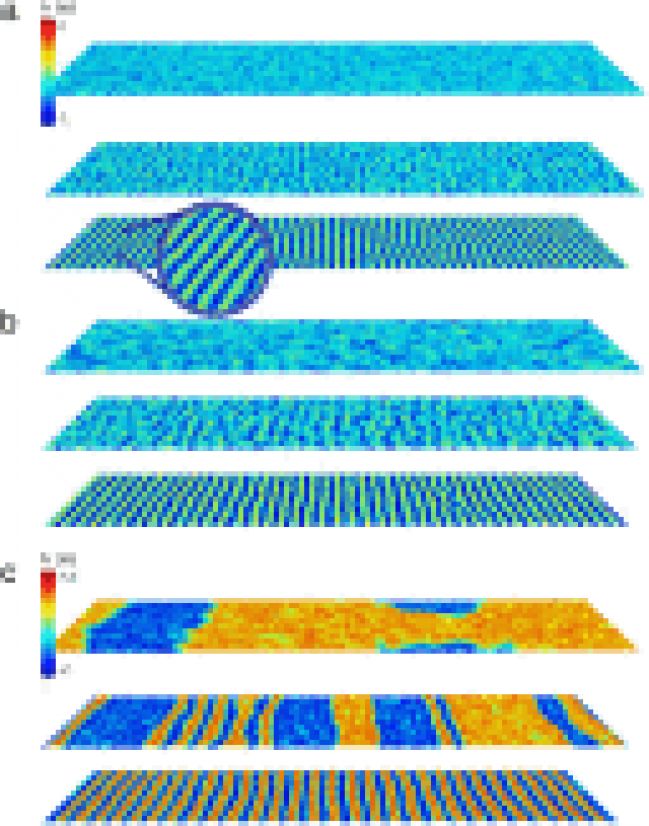Compression behavior of simply-supported and fully embedded monolayer graphene: Theory and experiment
Emmanuel N. Koukaras, Charalampos Androulidakis, George Anagnostopoulos, Konstantinos Papagelis, Costas Galiotis. Extreme Mechanics Letters
Single layer graphene simply-supported on a polymer substrate was subjected to axial compression and its behavior upon loading was monitored with laser Raman spectroscopy (LRS). The graphene was found to fail by wrinkling (buckling) at a critical strain of −0.30%−0.30% and at a compressive stress of ∼1.6GPa, as revealed by the conversion of the spectroscopic data to actual stress–strain curves. This contrasts with the value of −0.60%−0.60% and stress of ∼3.8GPa required for failure initiation in the fully embedded case. To elucidate the failure mechanisms in the two cases examined, molecular dynamics simulations employing the AIREBO potential were performed.
We assess the impact of surface roughness, graphene–polymer interaction, and of thermal (phonon) ripples on the onset of wrinkle formation. Overall good agreement was found between theory and experiment. As argued herein, the understanding and control of out-of-plane phenomena upon mechanical loading of graphene are important prerequisites for the design and function of new graphene-based devices.
